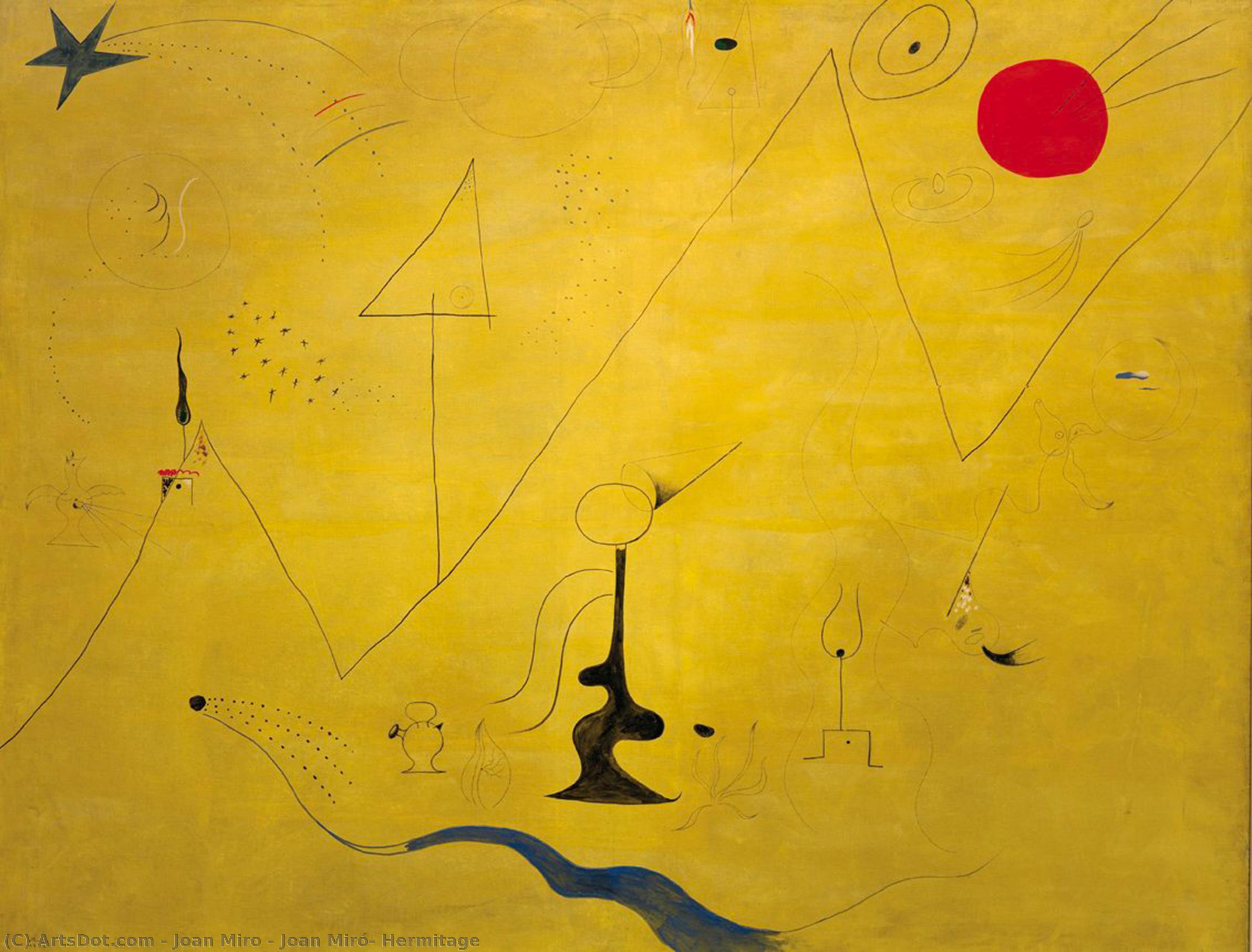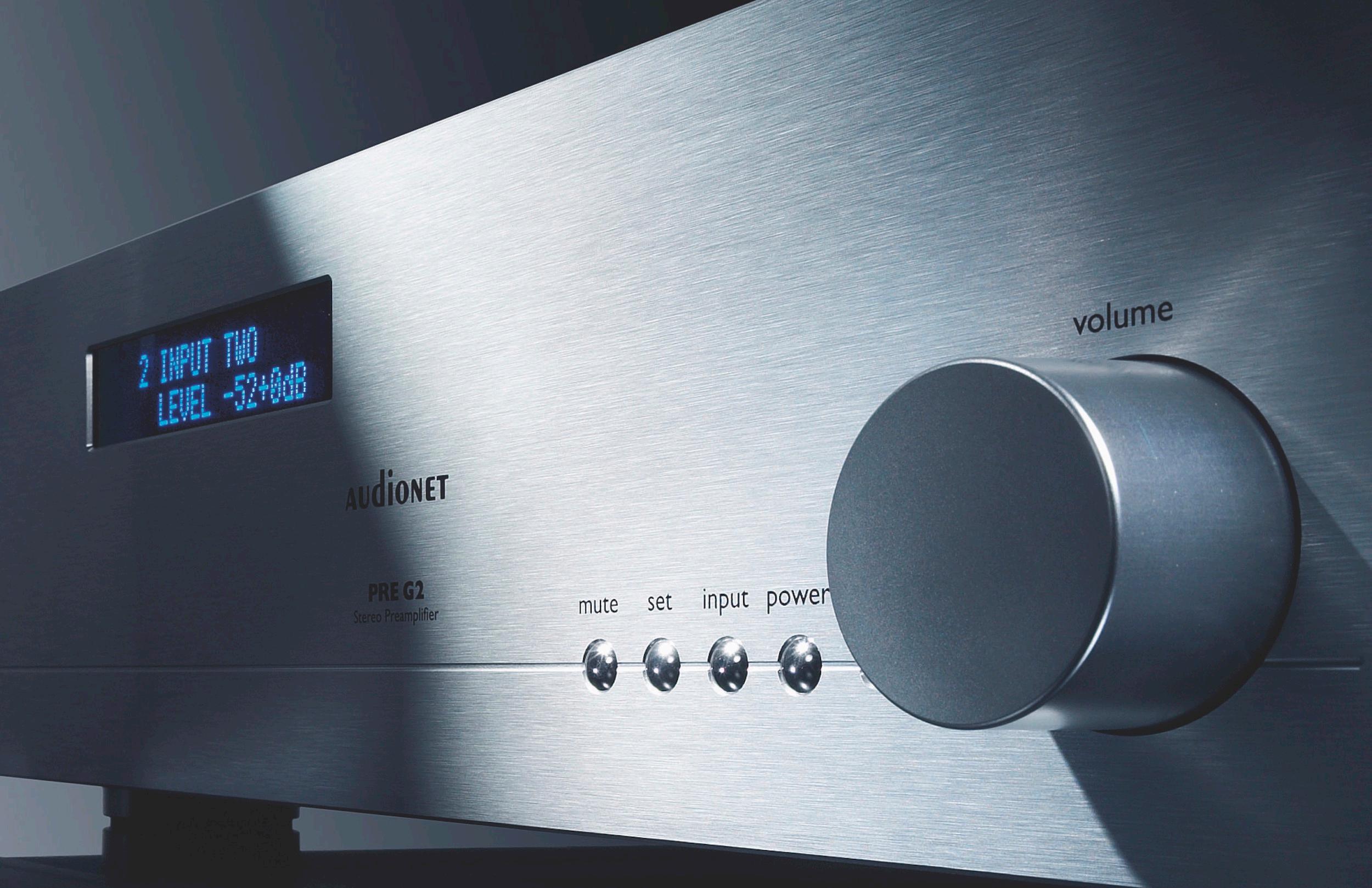
6 minute read
AUDIONET PRE G2 & AMP
By K. E. Heartsong

Advertisement
Iimagine most of us are familiar with the parable about “The Boy Who Cried Wolf.” Well, I can’t think of a more appropriate parable, given the state of affairs here at AKRMedia before the Audionet PRE G2 and AMP arrived for their audition and review.
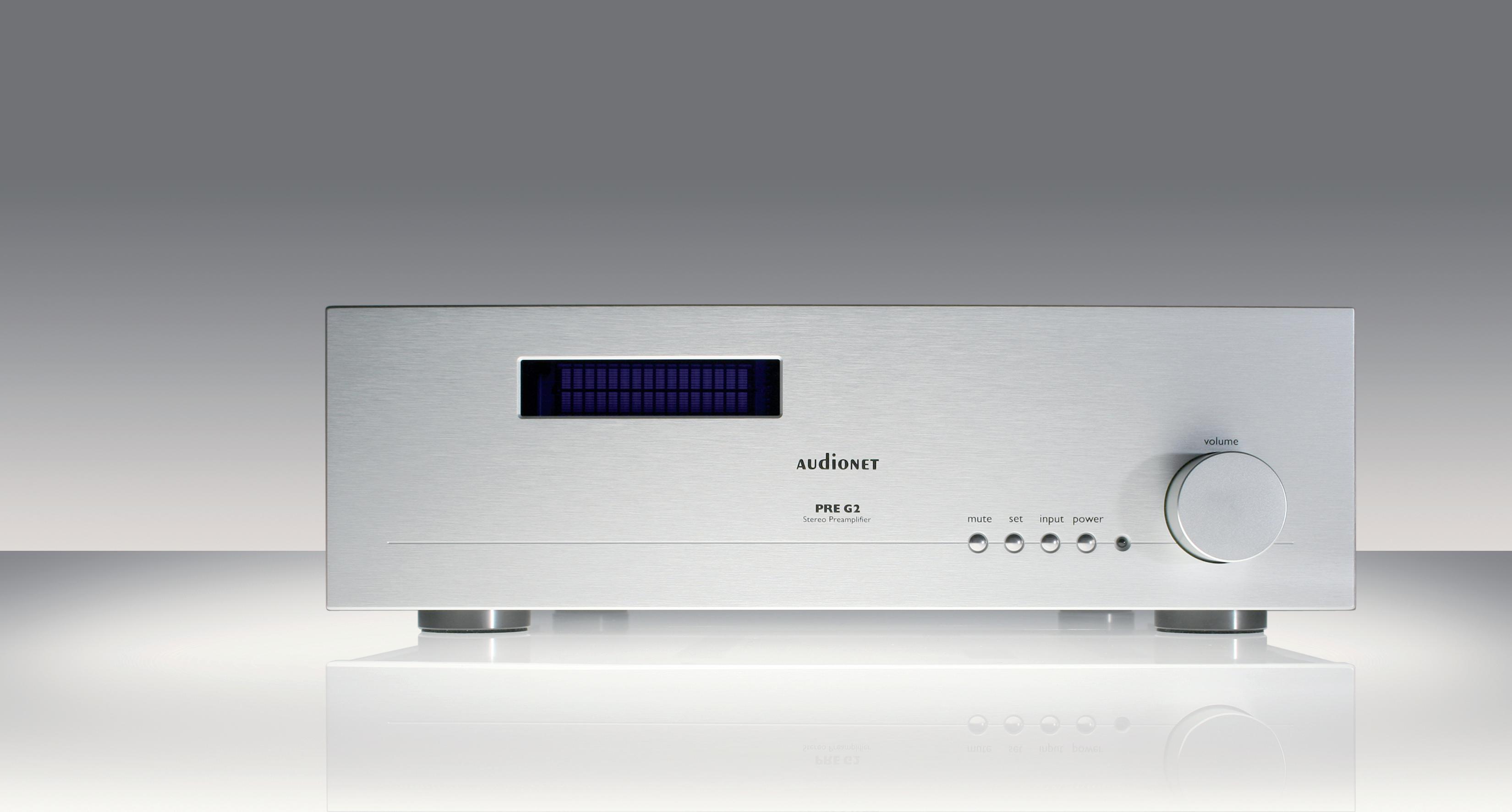
A component review was failing, as the process where the manufacturer is contacted with a choice: “I close the review and send the product back, or I write a pretty lukewarm review with no awards and no recommendations.” All manufacturers to date have selected Door Number One—“Please return.”
But just as the notes were being taken for the call, the pluses and minuses duly assembled, as there were indeed pluses, the balance was flashing red. It was as if the component’s low frequency response had been clean sheared off just below the lower midrange. It was truly an interesting thing to witness, but I soon discovered there were reasons for this.
What I had quickly begun to understand was that there was one fairly dramatic anomaly in specification city. Long story short, the sensitivity measure was a bit off and had thus skewed amplifier matching.
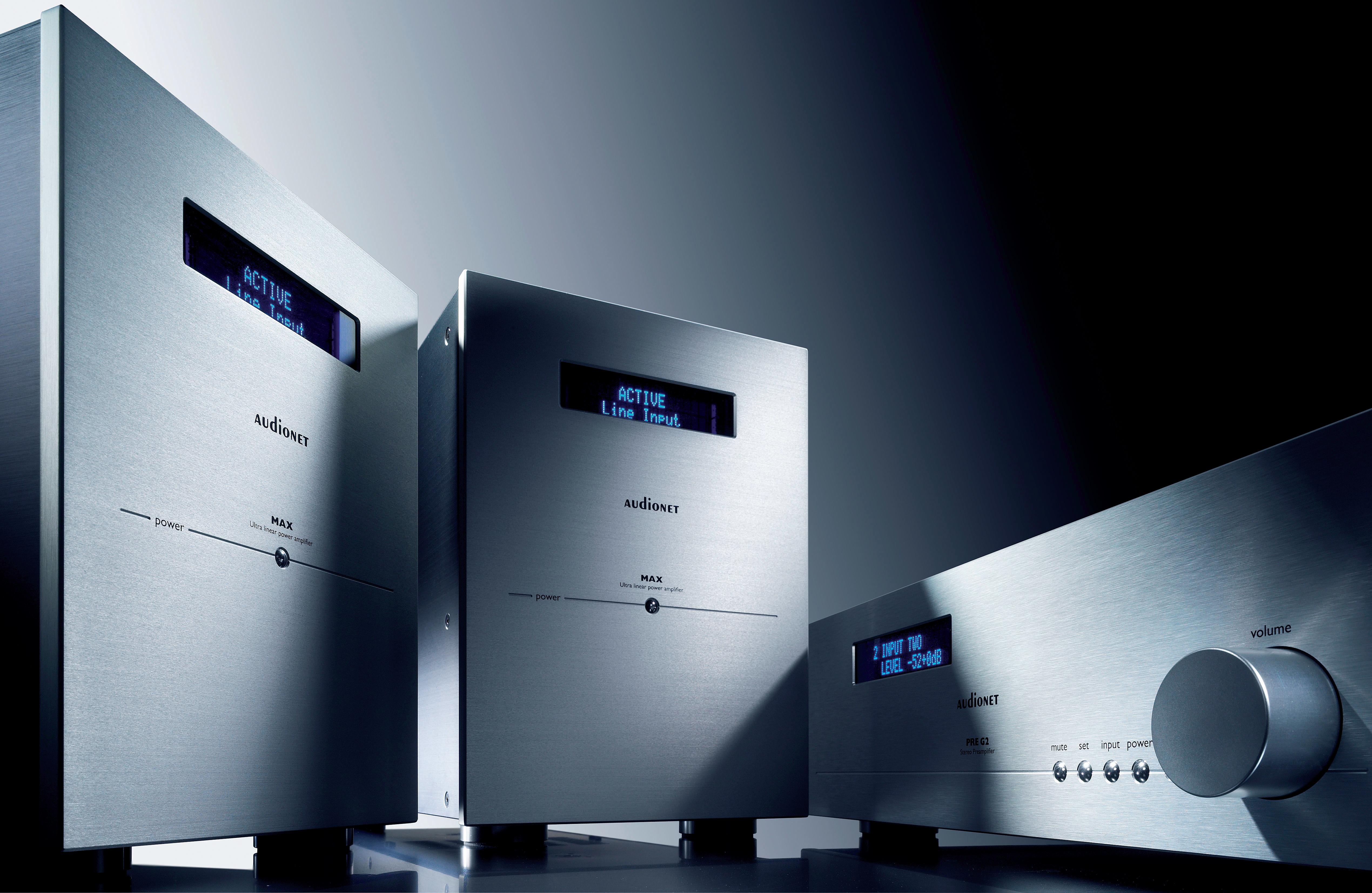
Given the speaker’s stated sensitivity of 94dB, I proceeded with amplification below 50 watts, which should have been more than sufficient. It was not, and resulted, as aforementioned, in the shearing off of all low frequency—bass— information. The mid and high frequencies were nonetheless very good. An informed hypothesis put this speaker’s sensitivity closer to 90dB. But things would soon change for the better, as the Audionet PRE G2 preamplifier and AMP monoblocks entered Casa Heartsong.
REFRAIN: Unlike most reviews, this review will be non-sequential, as it will start with how the equipment actually sounds, and not the process of physically “undressing” it and/or laying out its various accoutrement, specifications, etc. Think of this review, then, as a non-linear movie—Memento, Kill Bill, Pulp Fiction, Eternal Sunshine of the Spotless Mind, The Queen’s Gambit, In the Shadow of the Moon, etc.—that likewise starts at the end and winds its way to the beginning.
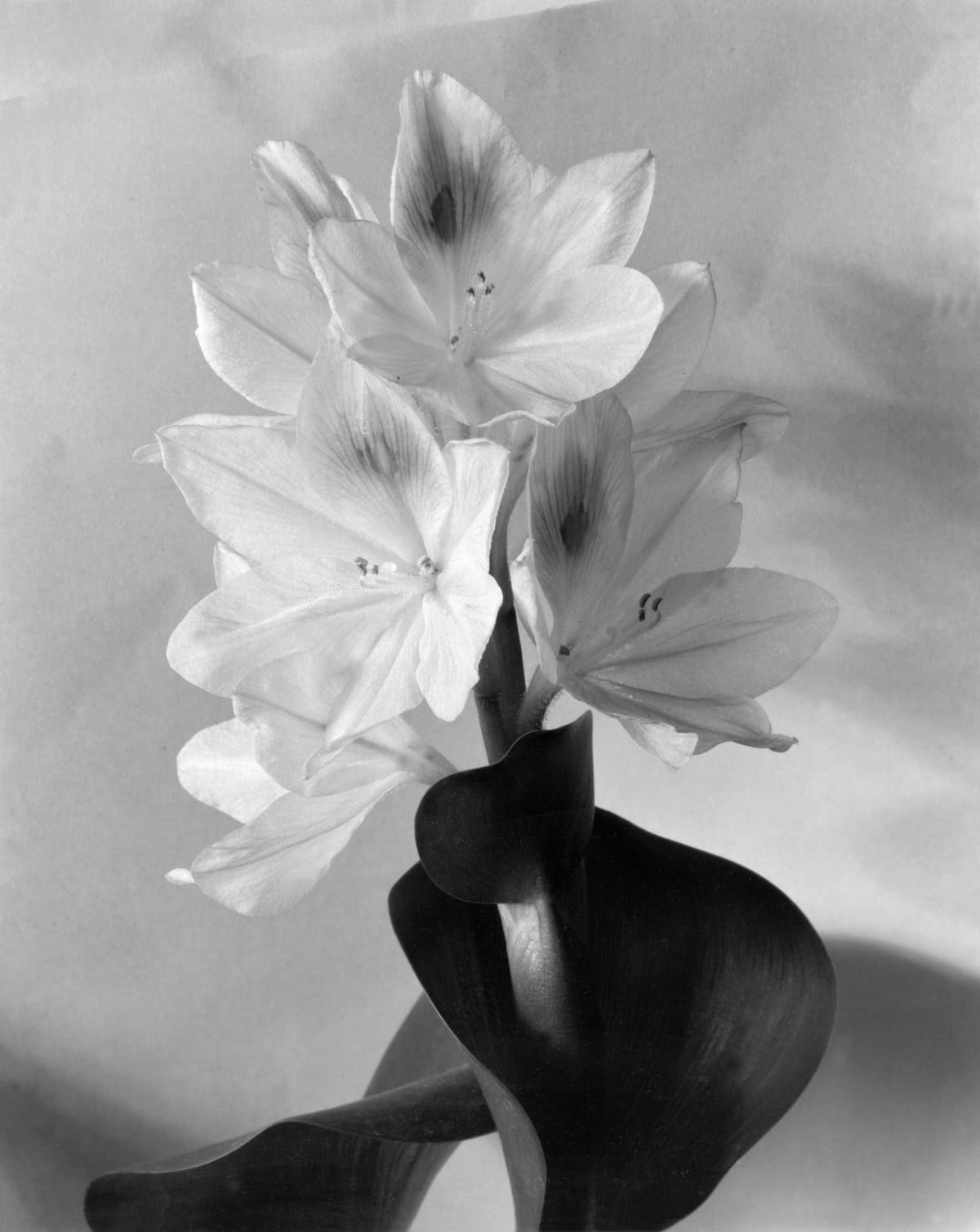


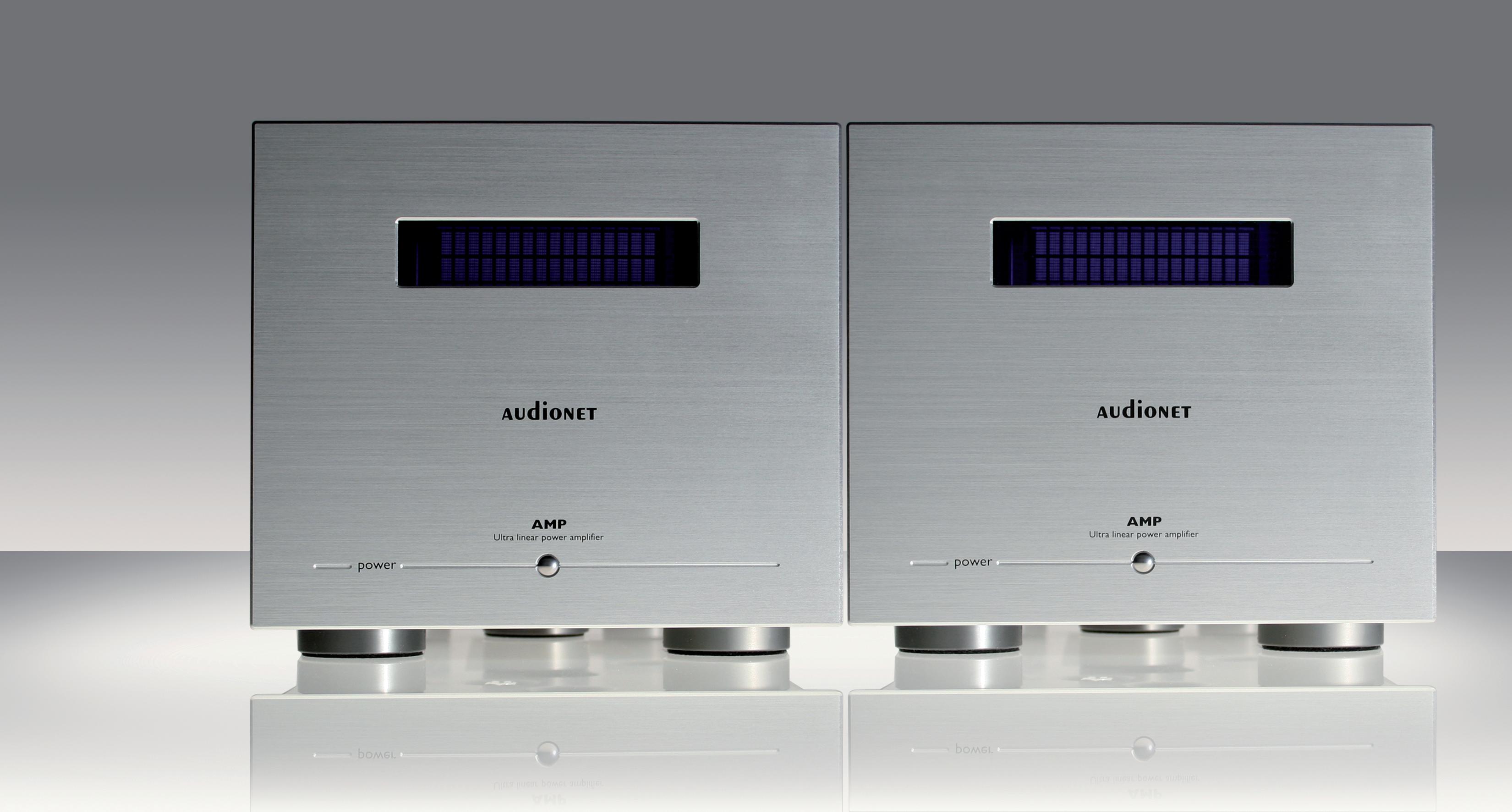
The Sound
When the Audionet PRE G2 and the AMP (200 watts) (the “Duo”) showed up, they were immediately seated in the trio, which then became a quintet. To say that the Audionet Duo woke the speakers up, brought them to life, enabled them to dance upon their own grave, and then magically reattached their lower bass frequencies would be just about right. The Audionet Duo confirmed the fact that there had been far too little juice to animate the speaker, but that problem had been solved.
Not only did the Audionet Duo give rise to everything south of the lower midrange that had been missing, but the entire frequency spectrum was now infused with weight and power and nuance. Additionally, transparency and resolution and their collective “mining” of detail, its microscopic cousin, and transients were now on full and proud display. Yes, the Audionet Duo had saved the day, and the review of what turned out to be an exceptional loudspeaker. This should be a clear lesson to those who seek to “goose” the numbers. Don’t. It could end very badly.
The Audionet Duo’s volumetric cube—its recreation of intended soundstage—is exceptionally wide and exceptionally deep, cavernous, with outstanding height. And wonderfully intimate, personal, and sweet when called for. Spatial recreation—horizontal positioning, layering, relative space, air and ambiance—are truly superb. I listened to the Audionet Duo for an entire day straight what well curated, well thought-out power/ wattage brings, “I’ll have more, please.”
The Audionet PRE G2 and the AMP were partnered with a rather exceptional trio— Grimm Audio MU1 streamer, Mola Mola
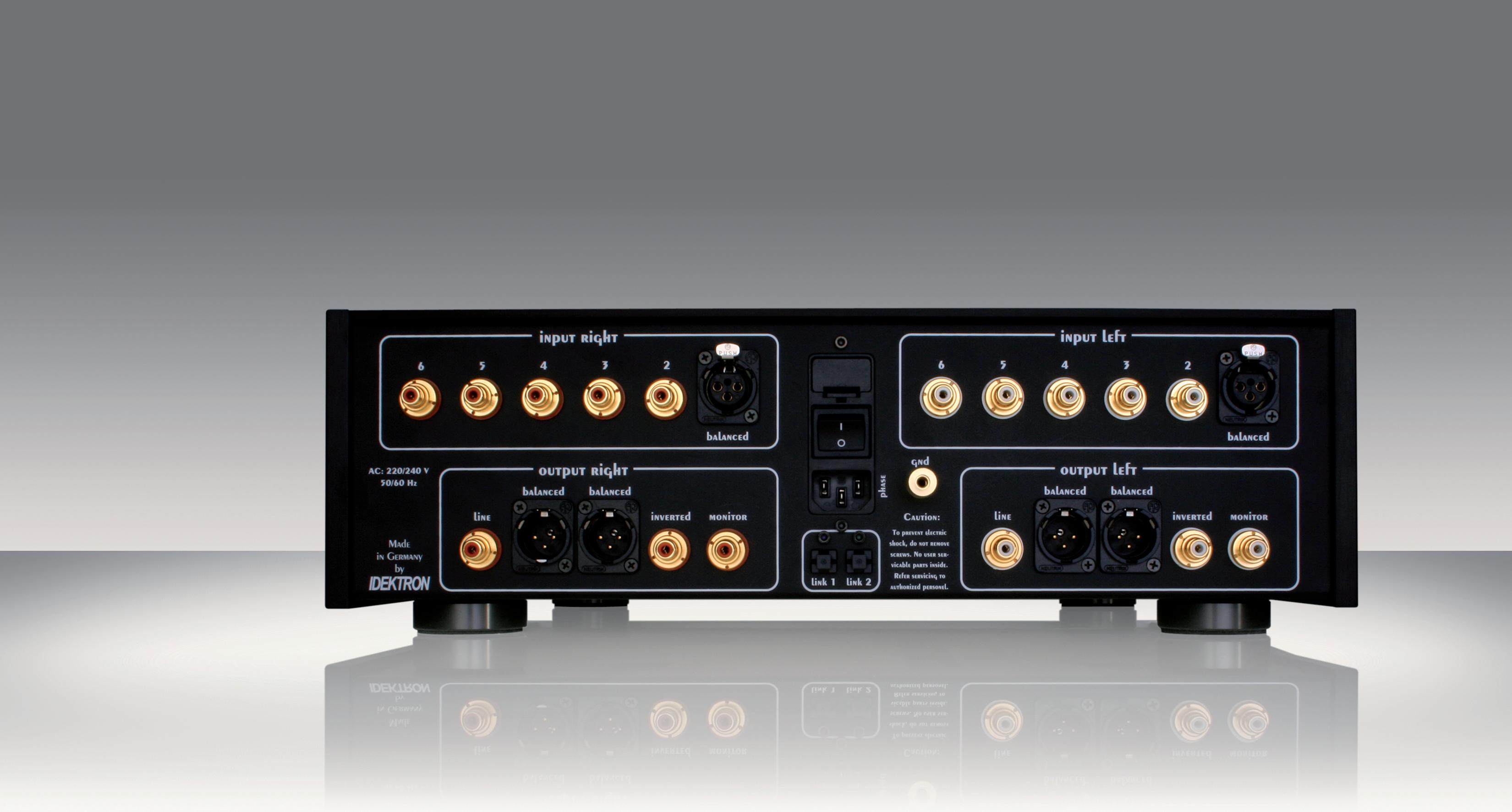

Tambaqui DAC, Bricasti Design M1SE DAC. The speakers were the Tri-Art OPEN 5 and the Verity Otello. Cabling was Audience FrontRow and RSX Technologies power cables. Power conditioning was handled by the Audience AdeptResponse aRS-T4 Power Conditioner (see System(s)).
BASS
Eiji Oue’s “V. Infernal Dance of King Kashchey” (Stravinsky, Reference Recordings) storms in and the Audionet Duo, via either the
OPEN 5 or the Verity Otello, is magnificent. I am jarred by the bass power, its weight, and the superlative calibre of the assembled timpani. I imagine my neighbours are too. As I mentioned in the review of the Tri-Art OPEN 5:
“Yesterdays” (Bass on Top, Blue Note), Marcus Miller’s “Power” (M2, Concord), etc.—were in fact spectacular. The transparency, everpresent, laid bass plucks and strums, knocks and twangs in-room, three-dimensional and wholly palpable and almost literally real. Spectacular. And this was new on so many levels via the Audionet Duo.
Midrange
“The timpani were differentiated and fleshed out via both their surfaces and interiors and this level of transparency and resolution were new. This is a track I have heard across many years and many systems and the insight provided was entirely new.”
In other words, regarding the bass of a given speaker, the Audionet Duo will take your speakers by their necks, figuratively speaking, and shake every last bit of “the living bass’”out of them while providing special muscle—750 watts at 1 Ohm—for those speakers with wildly erratic or vanishingly low impedance curves (personalities).


As with the OPEN 5 and then the Verity Otello, the balance of the bass response tracks —Dave Holland’s “Emerald Tears” (Emerald Tears, ECM), Paul Chambers’
Day two: I sit late into the night, listening to track after track of vocals. Joan Shelly, Kandace Springs, Patricia Barber, Elina Duni, Andy Bey, et al., one by one pass along with the hours and I am in complete thrall. The singers, all, were centre stage, their voices natural, naturally resolved, and beautifully transparent in a way that consistently put them but several feet before me and in the midst of Casa Heartsong. The entire day had served as a singular event that provided insight and an attachment to the music, to a degree that one rarely experiences via electronic reproduction at home. The Audionet Duo had again made it so and with a loudspeaker—Tri-Art OPEN 5—at less than 20 percent of its cost!
The balance of my midrange test tracks— “Gloomy Sunday” (Eternal, Marsalis Music), “Árbakkinn” (Island Songs, Mercury (Universal France)), etc.—were taken by the Audionet PRE G2 and AMP and transformed like the others from electronically reproduced streams of music into music that seemed present, personal, dimensional, and always very immersive. If I’ve had a similar experience, I do not, at this moment, remember it. Suffice to say that the Audionet Duo’s midrange is spectacular as well.

TREBLE
Let me reprise my experience with the Audionet PRE G2 and AMP with the TRIART OPEN 5, as the assembled “quintet” played through one of my go-to tracks in my Review Treble Mix—“Take Five” (Time Out, Columbia-Legacy). As I stated:
“I can’t remember the time this performance has been so transparent, so easily rendered, so real. I shake my head again at the TRI-ART OPEN 5s well aware that their price tag says, “Yeah, I know, we shouldn’t be able to do this. But, we are.” And I sit back and enjoy with complete awareness of that fact.”
You’ll find no treble acrophobia—fear of treble heights—with this quintet, as led by the Audionet duo.
I play once again Hilary Hahn’s “Sonata No. 1 in G minor: Adagio” (Hilary Hahn Plays Bach: Violin Sonatas Nos 1 & 2; Partita No. 1, Decca), just to make sure that I wasn’t imagining things the last time out. True to form, Hilary’s violin is off in a flash to treble Alpha Centauri, free of grain and dissonance and breakup and sizzle and sibilance, and power gliding beautifully. Did I mention that the Audionet Duo is solid state?
Conclusion
Spectacular! Not every day does a preamp and amplifier duo come into your life and raise the “living dead,” figuratively speaking, from their musical graves. Well, if you’ve made it this far, the reference to the “living dead” may well be clear. But I digress.
The Audionet PRE G2 preamp and AMP monoblocks are velvet hammers. Should the program material require them to access the stygian depths of the Holy-Bass-Head-Grail, they will take you there swiftly, as it is a path they know well. And in this respect, the Audionet PRE G2 preamp and AMP monoblocks are hammers. Yet should the material require a stratospheric rise to tip-top, treble heights or a most proficient, beautifully resolved, and compellingly engaging vocal, you will be there. This skill is, of course, the velvet covering the hammer. I report this from much experience and having travelled often to the electrostatic world, where the Audionet Duo and the Tri-Art OPEN 5 appear to share a condo.
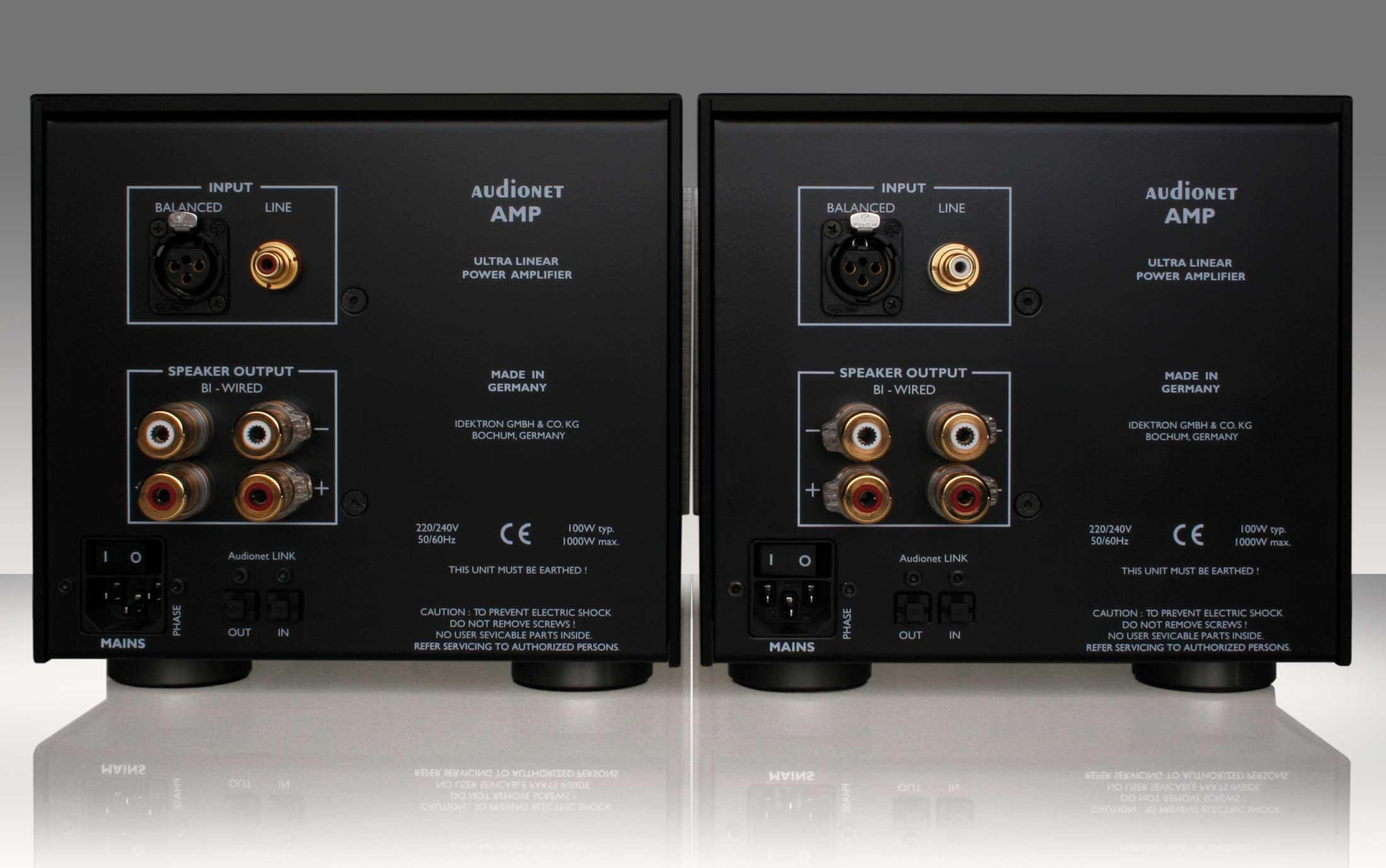

Without further ado, we happily award the Audionet PRE G2 preamp and AMP monoblocks our highest award—the DIAMOND AWARD—for excellence in regard to superb high-fidelity reproduction, musicality, and the required gravitas to make it work beautifully.

Pros: The marriage of power and finesse, highfidelity and musicality in a simple, clean, and beautifully designed package.
Cons: None.
THE SYSTEM(S)
• Grimm Audio MU1 Streamer
• Mola Mola Tambaqui DAC
• Bricasti Design M1SE
• Tri-Art Preamp & Monoblock Amps (100W)
• Tri-Art OPEN 5 Speakers
• Verity Otello Speakers
• Audience FrontRow Interconnects, USB, Ethernet Cables/Wires
• RSX MAX Power Cords
• AntiCable Power Cords
• Audience AdeptResponse aRS-T4 Power Conditioner
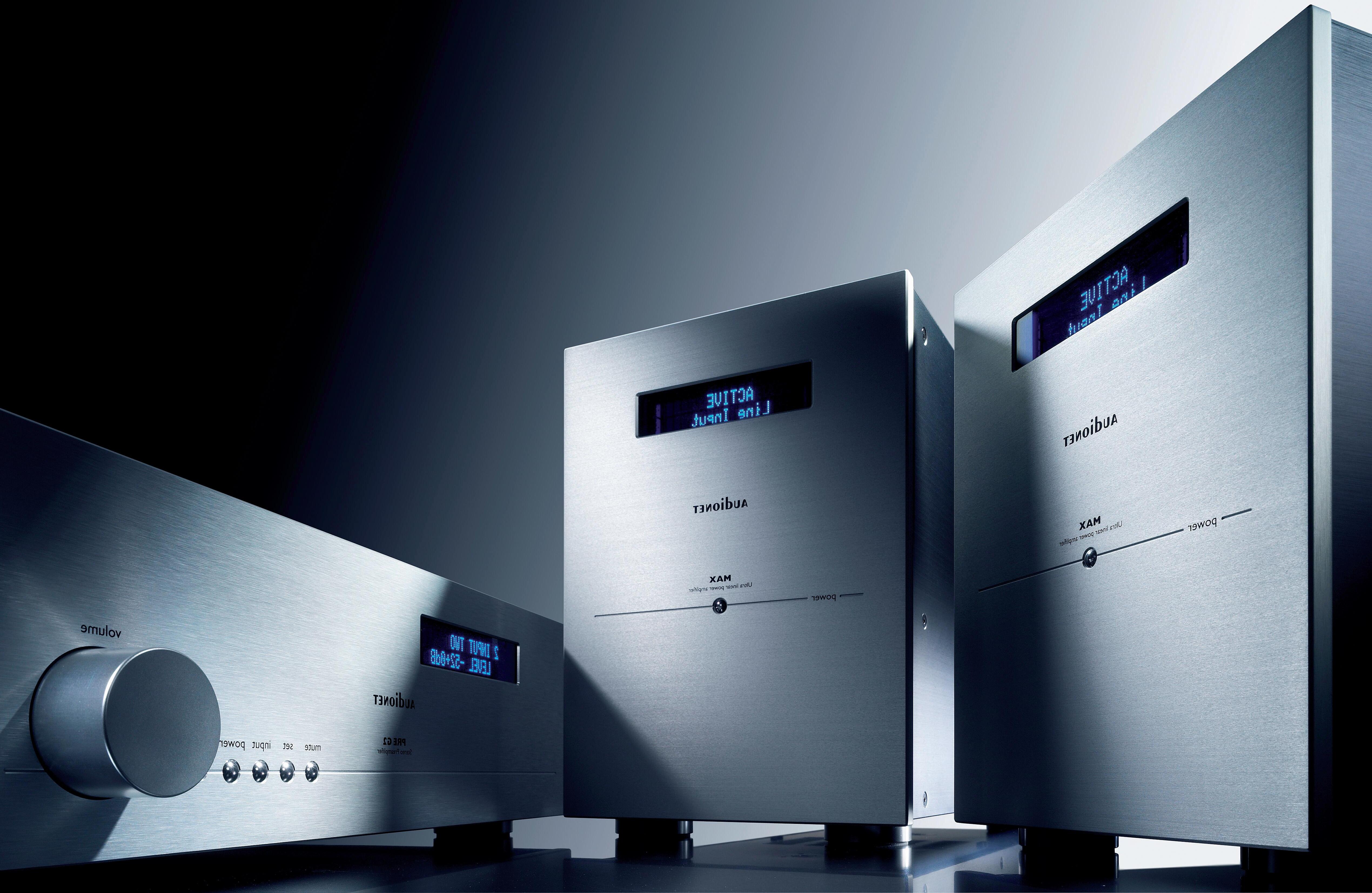
G2
AMP $18,350
2332 421


